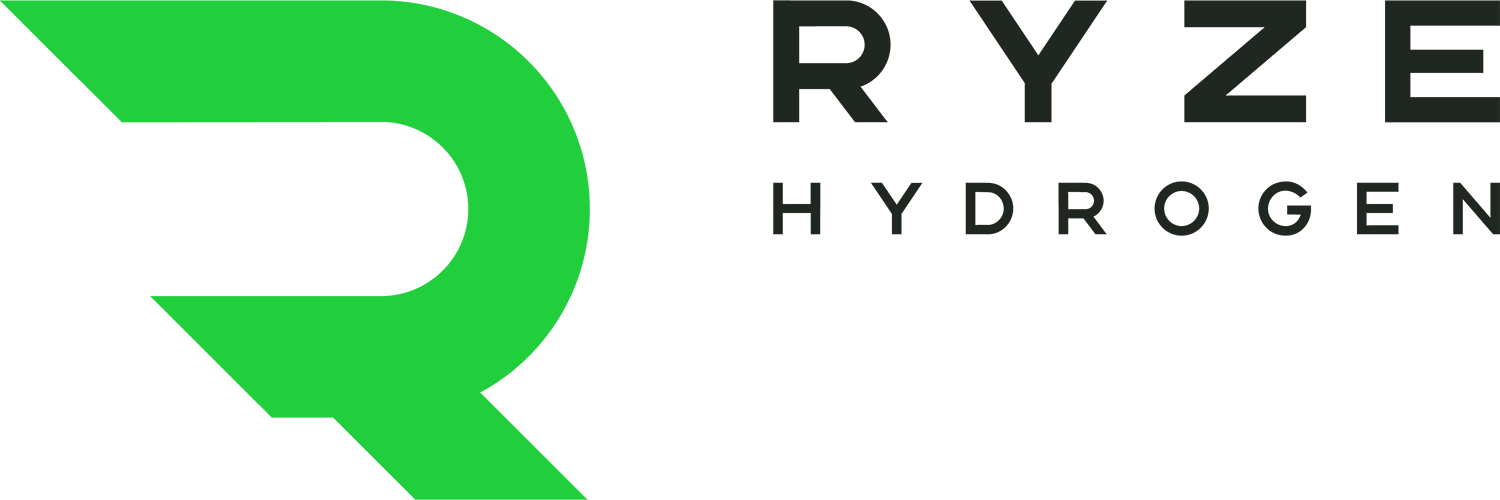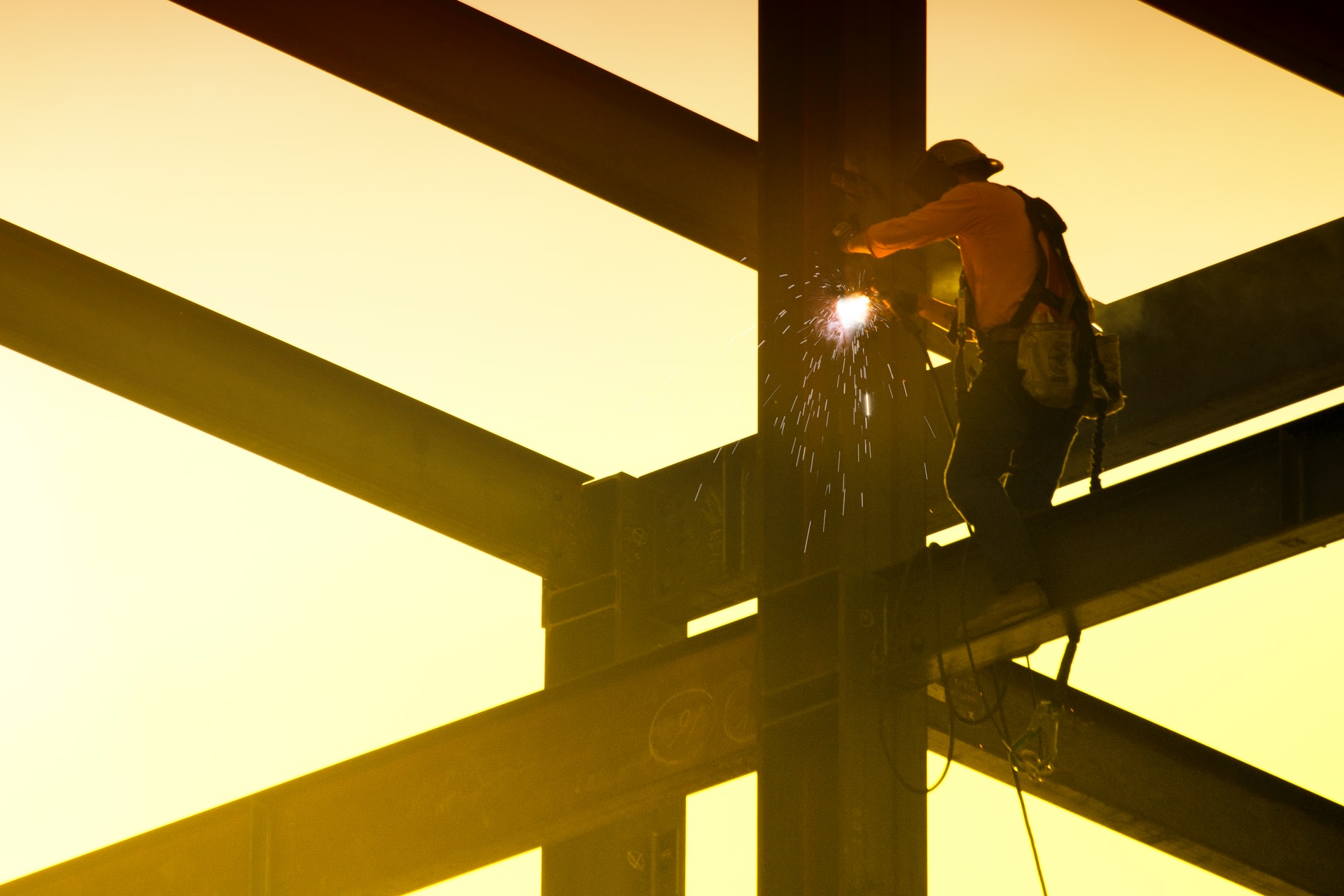ArcelorMittal, the world’s second-largest steel producer, has announced a plan to invest €1.7 billion by 2030 decarbonising its production facilities in France as it seeks to replace coal-power with hydrogen.
The money will be spent transforming its plants in Fos-sur-Mer and Dunkirk, leading to a 40% reduction in its French greenhouse gas emissions equivalent to 7.8 million tonnes per year. Such is the size of those facilities, those changes will translate into a 10% reduction in greenhouse gas emissions from manufacturing facilities in the entire country.
Hydrogen will be used in Dunkirk where ArcelorMittal will build a 2.5 million tonne Direct Reduction of Iron (DRI) unit using hydrogen instead of coal.
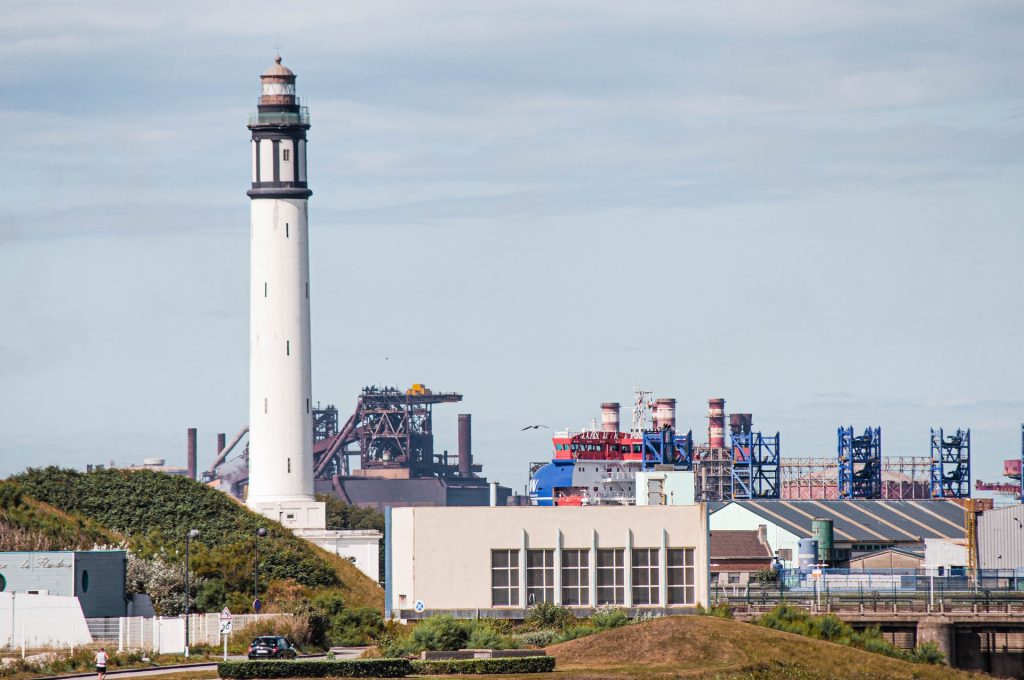
Hydrogen will be used in Dunkirk where ArcelorMittal will build a 2.5 million tonne Direct Reduction of Iron (DRI) unit using hydrogen instead of coal.
This isn’t the first move by the steel giant to shift production of the notoriously hard-to-decarbonise commodity to a more sustainable footing. It began producing “green” steel in Germany in 2020 and has a target of 600,000 tonnes by the end of this year.
ArcelorMittal has been producing its own green hydrogen through electrolysis to power its blast furnaces. Thus far, it has focused on individual elements of the steel-production process, but last year announced that its Sestao facility in Spain will become the world’s first full-scale zero-emission steel plant, producing 1.6 million tonnes of green steel by 2025.
The transition to zero-emission steel is an existential issue for the industry, which has been one of the biggest emitters of greenhouse gases. Last year, Global Energy Monitor identified 553 iron and steel plants that were collectively responsible for 9% of global CO2 emissions. That’s because currently 70% of the world’s steel is created in coal-powered blast furnaces.
By 2050, green hydrogen – by then the cheapest source of energy for steel production – will account for 31% of the market, while 45% will come from recycling powered by renewable energy, Bloomberg New Energy Finance (BNEF) wrote last year in a report Decarbonizing Steel: A Net-Zero Pathway.
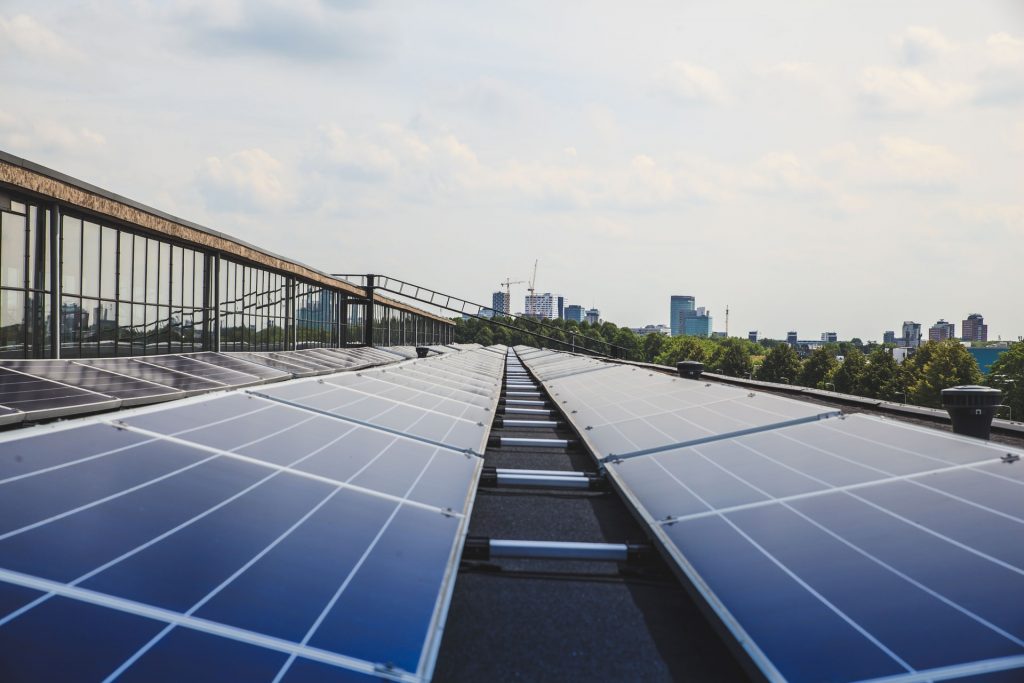
By 2050, green hydrogen – by then the cheapest source of energy for steel production – will account for 31% of the market, while 45% will come from recycling powered by renewable energy
The shift will upend the industry, currently dominated by China, which churned out more than 1 billion metric tons of steel in 2020, more than half the world’s supply, according to BNEF.
The biggest winners from these changes will be Brazil, which will be producing some of the lowest cost hydrogen globally by 2030, as well as India, Russia, and South Africa.
The switch to hydrogen is unlikely to turn the UK into a top 10 global steel producer – it is a relative minnow, producing just 7.1 million metric tons in 2020 and is ranked 24th globally. However, the industry employs about 33,000 people in the UK and a further 42,000 in related supply chains.
The industry has been under pressure in recent years as it struggled to compete with lower cost competition. One of the key challenges it has faced has been uncompetitive energy costs. A report last year by trade body UK Steel said UK steel producers pay about £50 million a year in excess energy cost compared with foreign competitors. Domestic firms spend a whopping 86% more on electricity than German mills and 62% more than French competitors.
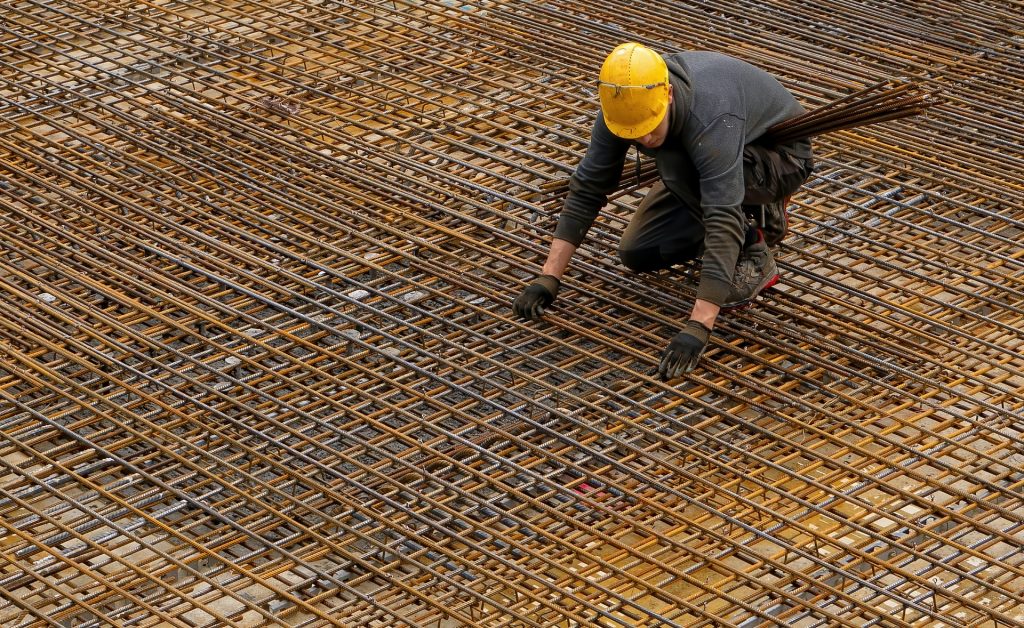
The UK steel industry employs about 33,000 people in the UK and a further 42,000 in related supply chains.
Investment in green hydrogen production could turn that around, but there is a great deal of work to be done. Powering the UK’s steel industry with green hydrogen would require 7 GW of electrolysis capacity, it has been estimated. The UK currently has a target of 5 GW of low-carbon hydrogen production by 2030.
The government created a £250 million Clean Steel Fund in 2019, but is yet to deploy any funds due to a lack of a clear road map for the industry.
The window for transforming UK steel production is open but won’t be forever.
To learn more about Ryze Hydrogen click here.
